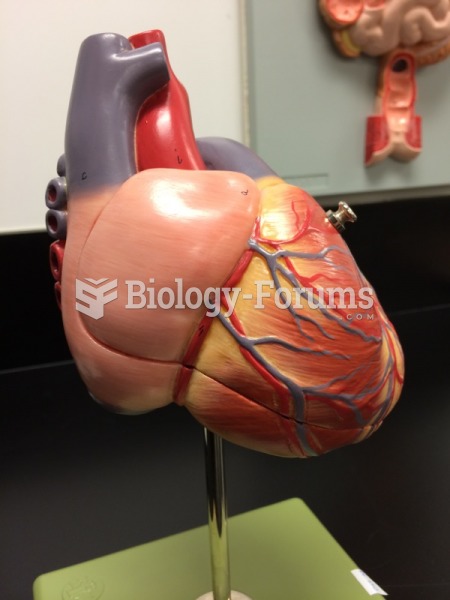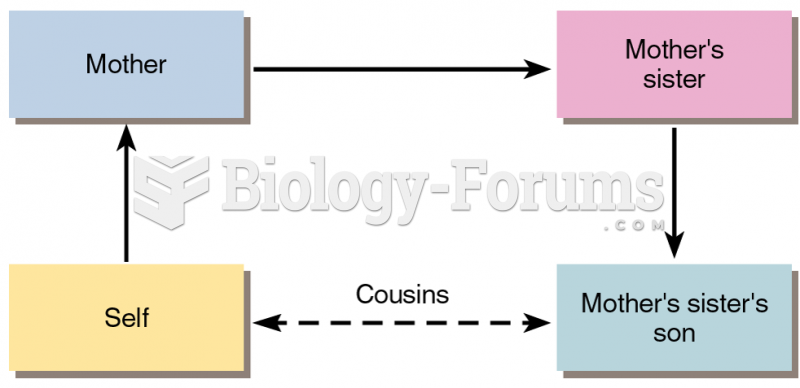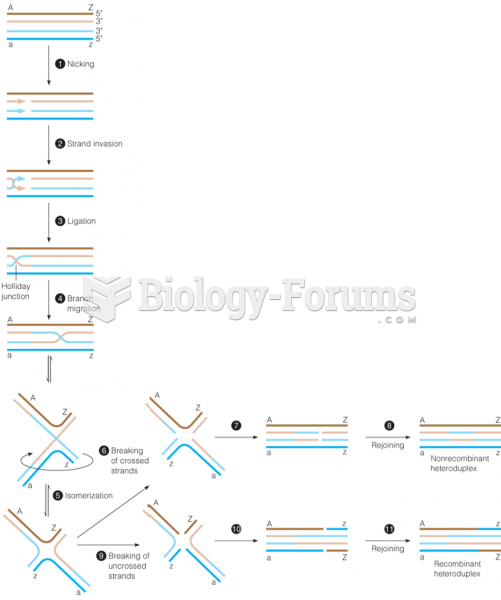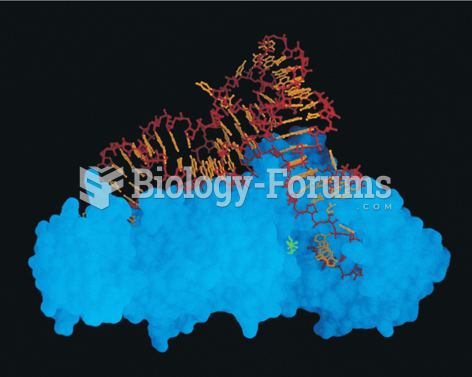Answer to Question 1
ANS: The six factors or dimensions of the HEXACO and their descriptions are as follows:
Honesty/humility: Sincere, honest, faithful VERSUS greedy, pretentious, hypocritical, boastful.
Emotionality: Emotional, oversensitive, faithful, anxious VERSUS brave, tough, self-assured, stable.
Extraversion: Outgoing, lively, sociable, cheerful VERSUS shy, passive, withdrawn, reserved.
Agreeableness: Tolerant, peaceful, gentle, agreeable VERSUS quarrelsome, stubborn, and ill-tempered.
Conscientiousness: Disciplined, diligent, thorough, precise VERSUS reckless, lazy, irresponsible, absent-minded.
Openness to experience: Creative, innovative, unconventional VERSUS shallow, conventional, unimaginative.
Answer to Question 2
ANS: Extraverts are oriented toward the outside world, prefer the company of other people, and tend to be sociable, impulsive, adventurous, assertive, and dominant. In addition, people who score high in extraversion on the Eysenck Personality Inventory have been found to experience more pleasant emotions and to be happier than those who score low in extraversion. Extraverted businessmen have been shown to be much better at performing difficult tasks than introverted businessmen.
Eysenck was interested in how extraverts and introverts might differ biologically and genetically. He found that extraverts have a lower base level of cortical arousal than introverts do. Because the cortical arousal levels for extraverts are low, they need, and actively seek, excitement and stimulation. In contrast, introverts shy away from excitement and stimulation because their cortical arousal levels are already high. As a result, introverts react more strongly than extraverts to sensory stimulation. Studies have shown that introverts exhibit greater sensitivity to low-level stimuli and have lower pain thresholds than extraverts. Other research supports differential responses to sensory stimulation but reports less convincing evidence that such differences can be attributed to variations in cortical arousal levels. Nevertheless, as Eysenck predicted, these differences are genetically based.







